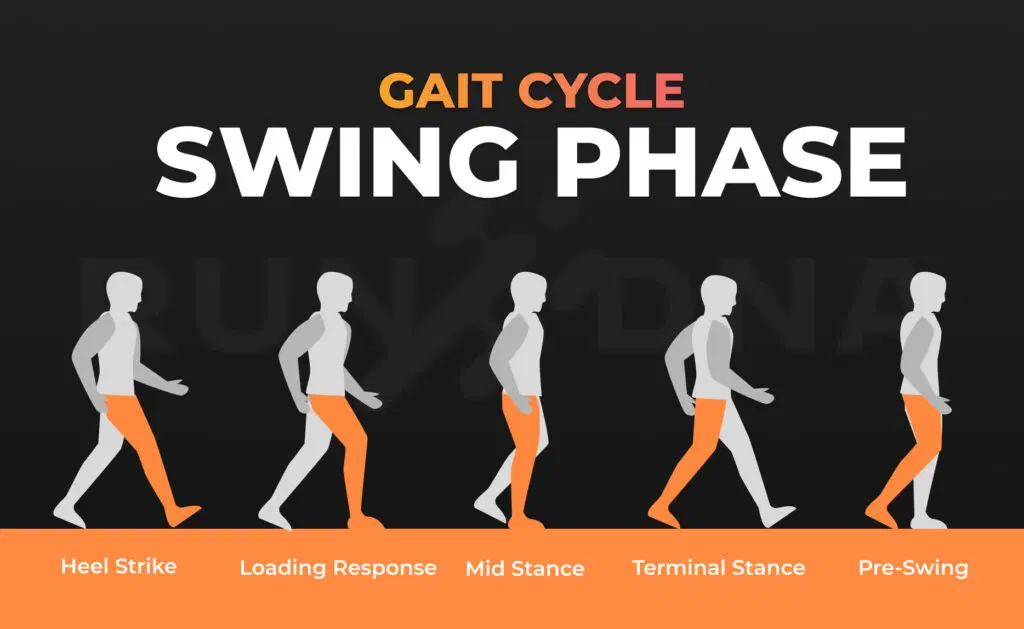
When most people hear the word “gait,” they think of walking. Maybe running. But what if we told you that gait goes far beyond those two?
At Aruka, we believe gait is not just a pattern—it’s a window into movement health, performance capacity, and neuromuscular efficiency. And it shows up in more ways than you might think.
Let’s take a fresh look at how the gait cycle plays out in both expected and unexpected places.
The Basics: Walking and Running Gait
Walking Gait
Walking gait is a continuous cycle of steps where one foot is always in contact with the ground. The cycle is divided into:
- Stance Phase (60%)
Heel strike → Foot flat → Midstance → Heel off → Toe off - Swing Phase (40%)
Initial swing → Midswing → Terminal swing
This sequence keeps us stable and efficient as we move forward.
Running Gait
Running shares similarities with walking but adds one key element: a flight phase, where both feet are off the ground. This changes everything—from muscle recruitment to joint angles.
- Stance Phase (~40%)
Contact → Midstance → Propulsion - Swing Phase (~60%)
Early swing → Midswing → Late swing → Flight
Understanding the running gait can help reduce injury risk, improve performance, and refine skill training.
Beyond the Basics: Every Movement Has a Gait
At Aruka, we often say “every movement is a skill, and every skill has a gait.”
Think about it:
- Shuffling has a unique side-to-side rhythm.
- Skipping alternates a hop and a step—distinct in coordination and timing.
- Lunging shifts your center of mass forward with purpose.
- Sliding relies on lateral momentum and posture.
Each of these movements has a repeatable pattern, a cadence, and a neuromuscular signature. In other words, they each have a gait.
Why This Matters for You
Whether you’re an athlete, coach, or recovering from injury, recognizing that movement skills each carry a unique gait profile changes how we train, assess, and restore.
- Better Assessments
Instead of just looking at how someone walks, we also examine how they lunge, shuffle, skip, or slide. These patterns tell us where they’re strong, and where they compensate. - Smarter Programming
By training different gait types, we enhance coordination, stability, and speed. It’s how we layer movement neurogenics into every Aruka plan. - Faster Recovery
In return-to-play, understanding gait diversity helps us rebuild the right patterns at the right time—walking is often just the starting point.
Leave a Reply